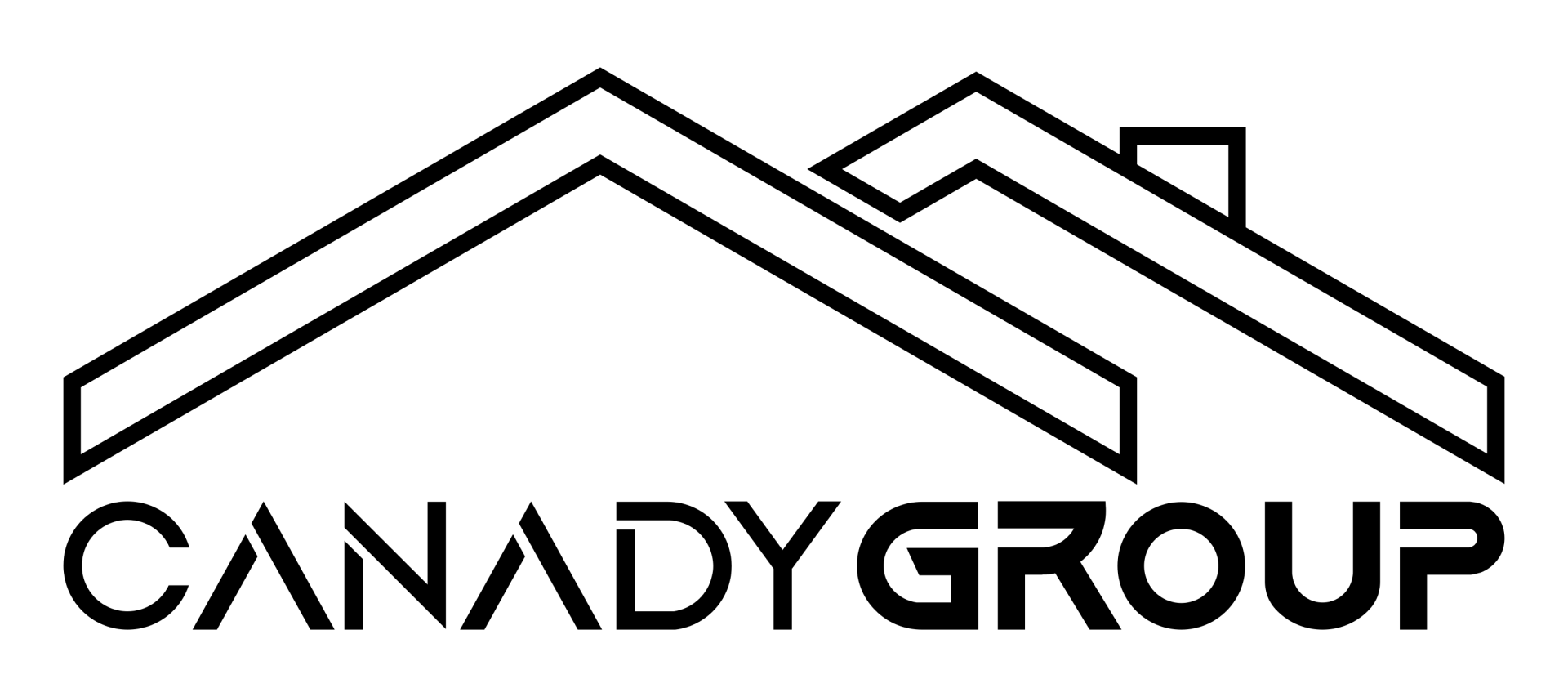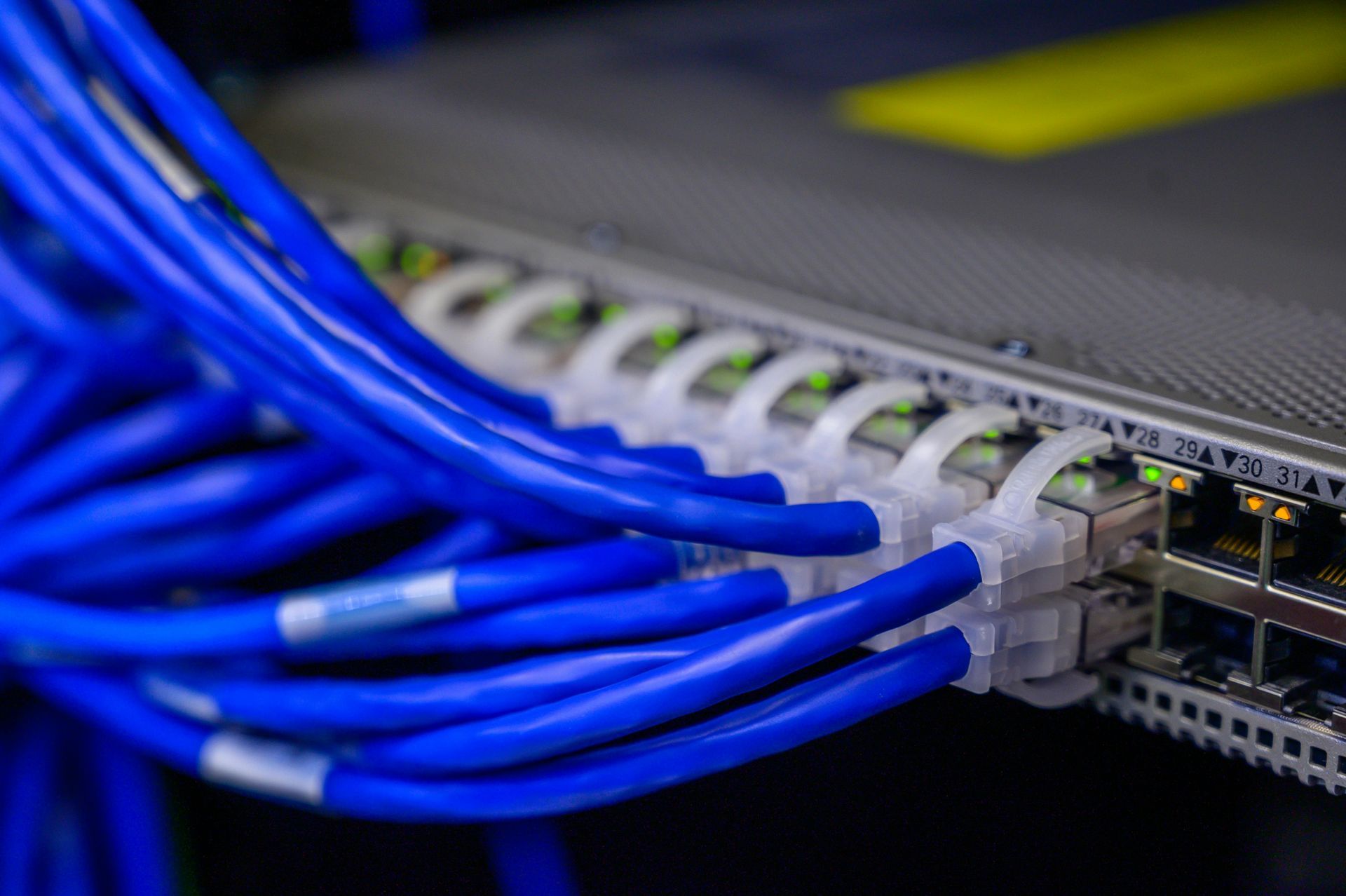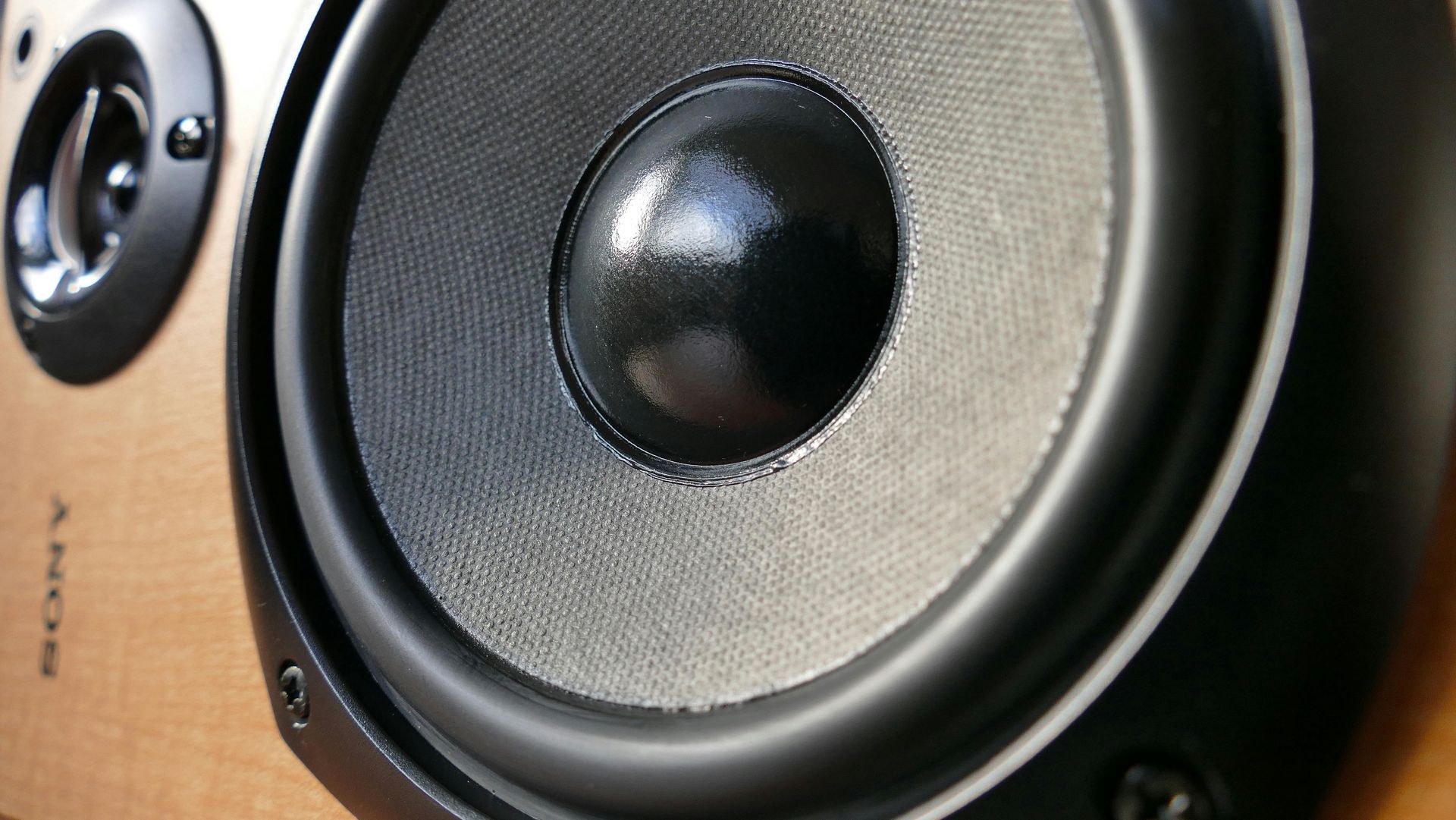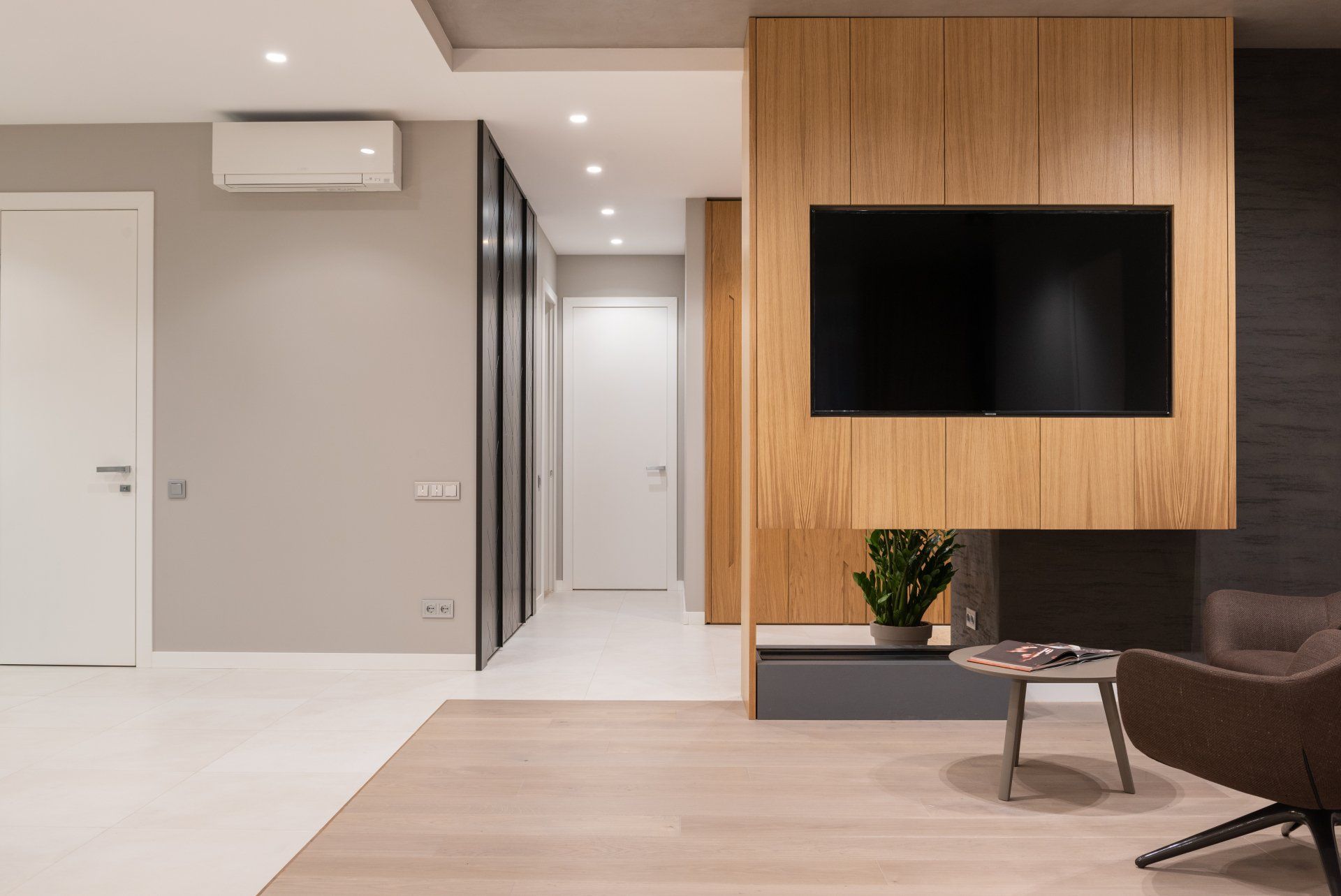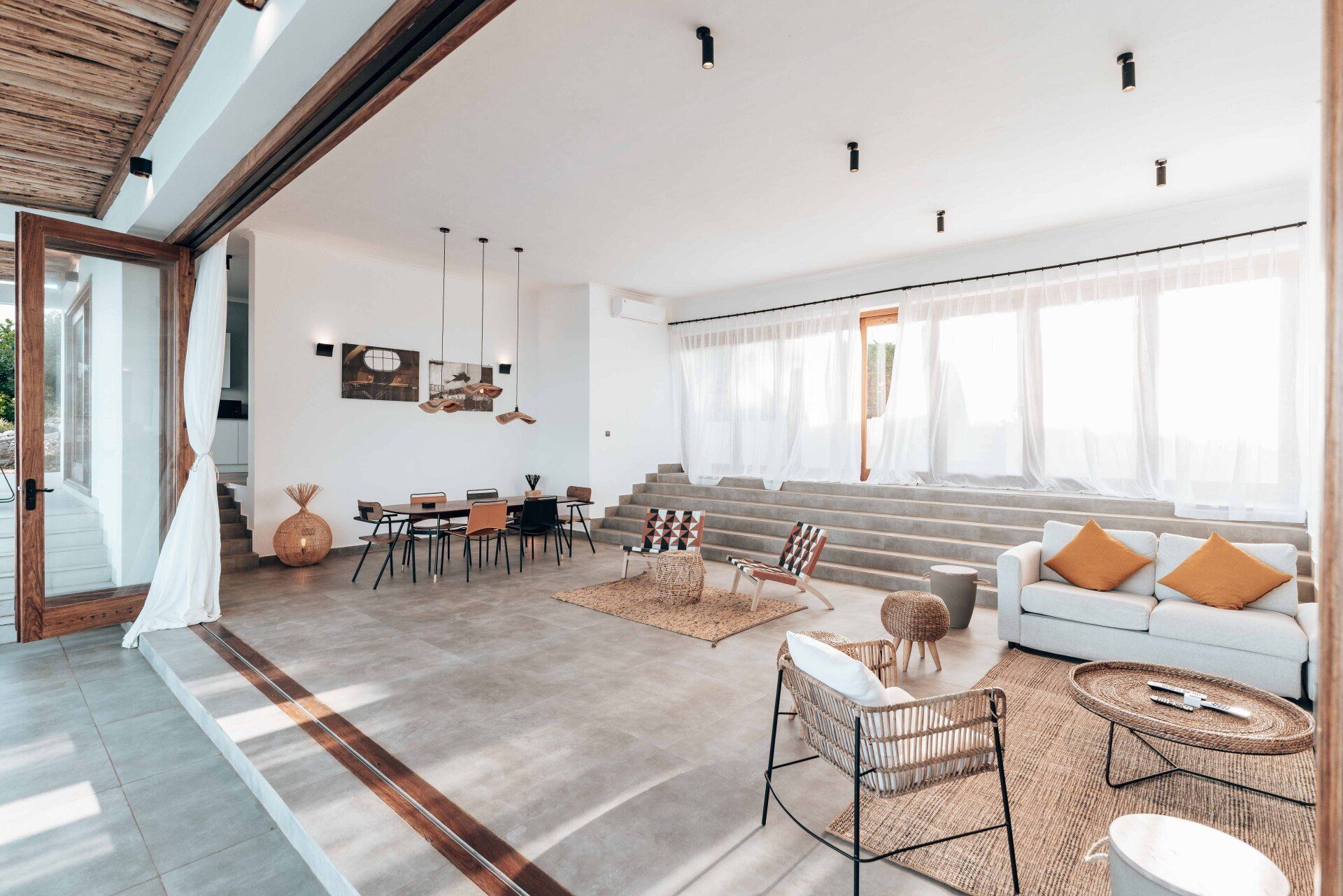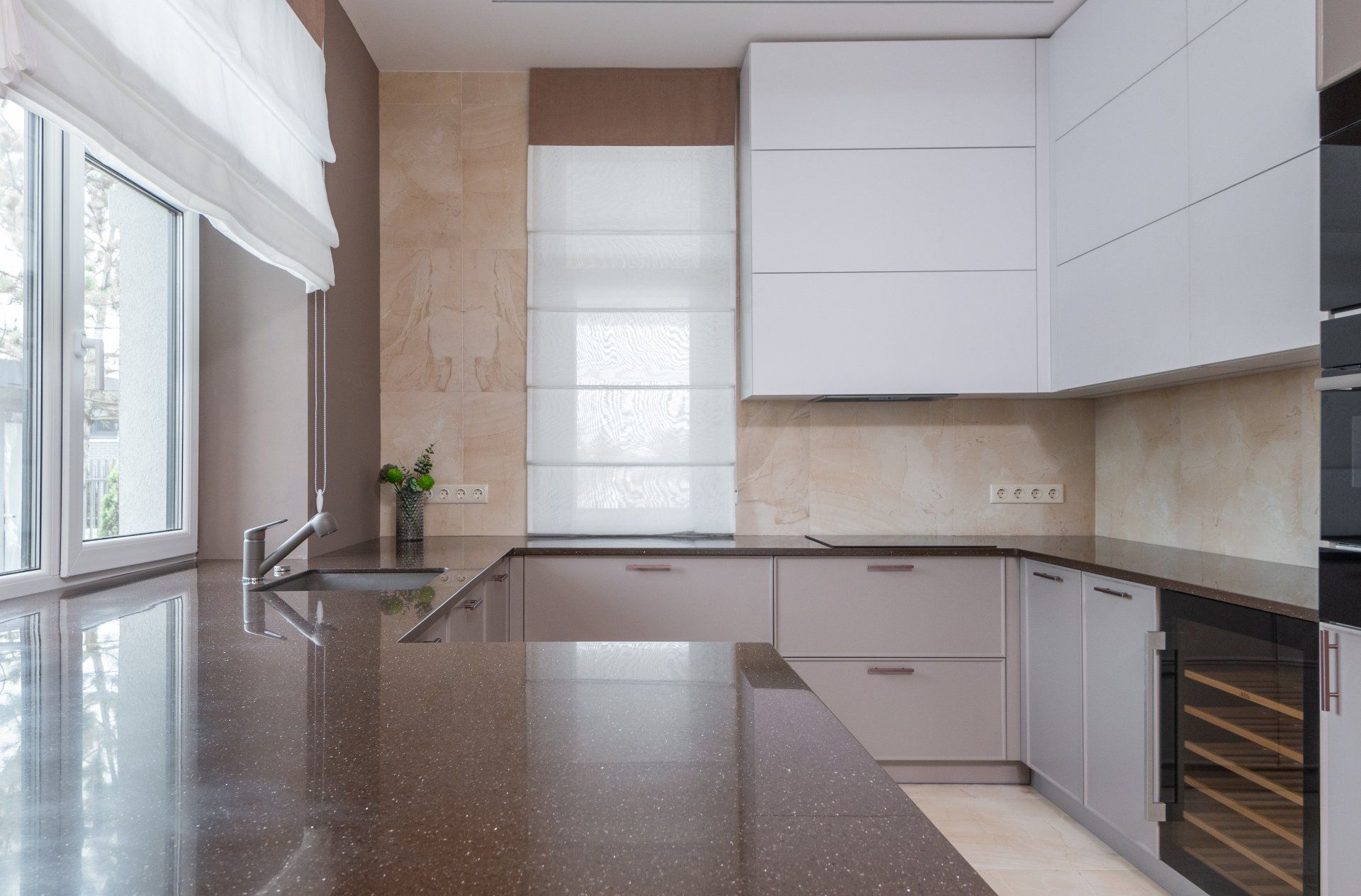Understanding Home Automation Costs
Understanding the costs of a home automation system
Home automation systems offer unparalleled convenience, control, and efficiency for homeowners. However, understanding the costs associated with such systems can feel overwhelming due to the range of options available. From smart lighting and climate control to integrated security and entertainment setups, the price of a home automation system can vary widely. This guide will explore key factors influencing costs, without delving into specific numbers, to help you make informed decisions.
What Influences the Cost of Home Automation?
Several factors contribute to the overall cost of a home automation system. These include the scale of the project, the types of devices chosen, and the level of integration desired. Let’s break down these aspects:
- System Complexity: A simple setup with basic features, such as smart lighting and a thermostat, will cost significantly less than a fully integrated system controlling every aspect of your home.
- Device Quality and Brand: Premium brands and devices with advanced features, such as voice recognition or custom programming, often come with a higher price tag.
- Installation and Labor: Professional installation ensures seamless operation but can add to the overall cost. DIY systems may save money upfront but require more effort and technical know-how.
- Customization: Systems tailored to unique needs—like integrating with existing AV setups or incorporating high-end security—can increase expenses.
The Components of a Home Automation System
Understanding the main components of a home automation system helps clarify where your money might go. Here’s a look at common categories:
- Smart Lighting: Automated lighting systems allow you to control brightness, color, and schedules from your smartphone or through voice commands. A basic system might include a few smart bulbs, while an advanced setup could involve centralized lighting control throughout your home.
- Climate Control: Smart thermostats help optimize heating and cooling, saving energy and money over time. Some systems include multiple zone controls for enhanced comfort and efficiency.
- Security Systems: Home automation can include smart locks, video doorbells, and surveillance cameras. These features not only enhance safety but also integrate seamlessly with other automated devices.
- Entertainment Systems: Multi-room audio, streaming setups, and home theaters fall under this category. Costs can vary depending on whether you’re using a simple speaker system or a high-end, custom-designed AV solution.
- Smart Appliances: Refrigerators, ovens, and washing machines with automation features add convenience but may come at a premium.
DIY vs. Professional Installation
A major decision when budgeting for a home automation system is whether to install it yourself or hire professionals. Both approaches have pros and cons:
- DIY Systems: These are often more affordable upfront and ideal for those comfortable with technology. However, they may lack the polish and reliability of professionally installed systems.
- Professional Installation: While more expensive, professional services offer tailored solutions and ensure that all devices work harmoniously. This is especially beneficial for complex systems involving multiple devices and integrations.
Potential Hidden Costs
When planning your budget, it’s important to account for potential hidden costs, such as:
- Ongoing Maintenance: Some systems require regular updates or maintenance, which might come with additional fees.
- Subscription Services: Certain automation platforms charge monthly fees for advanced features like remote monitoring or cloud storage.
- Upgrades: As technology evolves, you may need to replace or upgrade devices to keep your system current.
How to Make Home Automation Affordable
If the idea of a fully automated home seems out of reach financially, there are ways to manage costs:
- Start Small: Focus on essential systems like lighting and climate control, then expand as your budget allows.
- Choose Scalable Solutions: Invest in platforms that allow you to add devices and features over time.
- Shop Smart: Look for deals and bundles, especially during sales events, to save on devices.
- Consider Energy Savings: Many automation systems, like smart thermostats, can reduce utility bills, offsetting some of the initial costs over time.
The Value of Home Automation
While the upfront costs of a home automation system can vary, the benefits often justify the investment. These systems enhance convenience, improve energy efficiency, and increase your home’s value. By understanding the components and factors influencing costs, you can design a system that meets your needs without breaking the bank.
